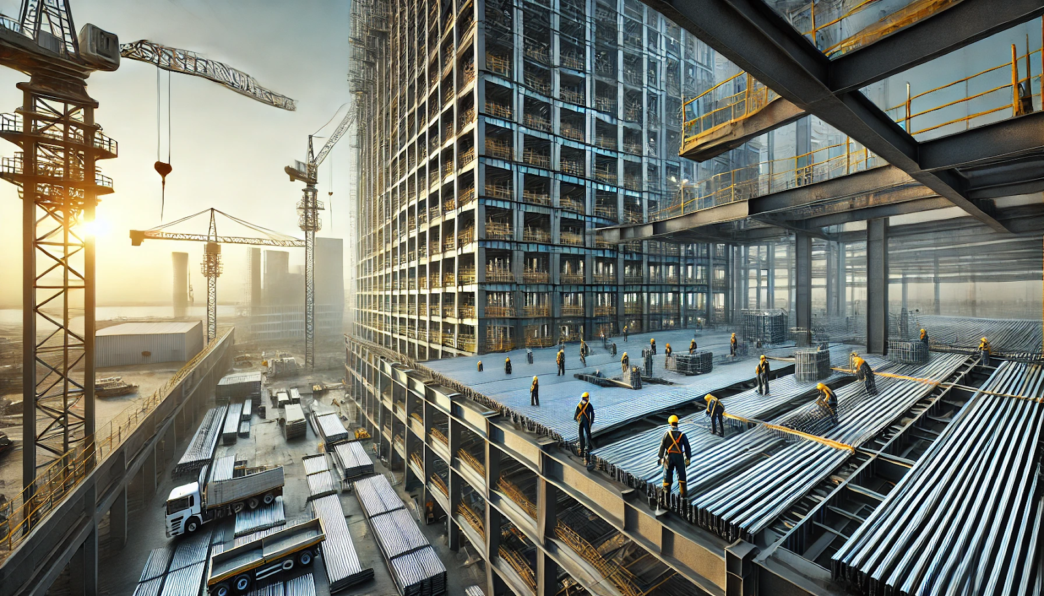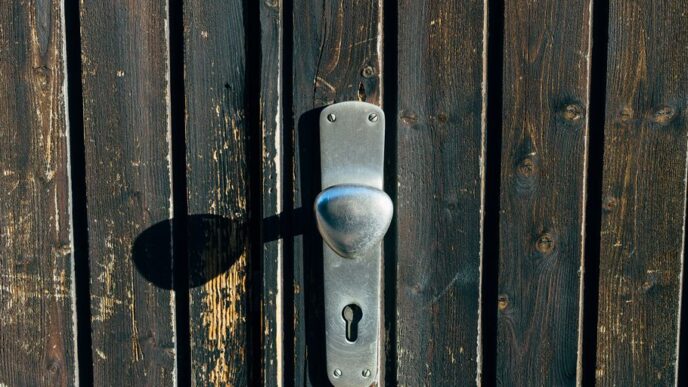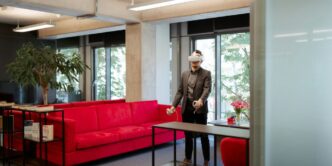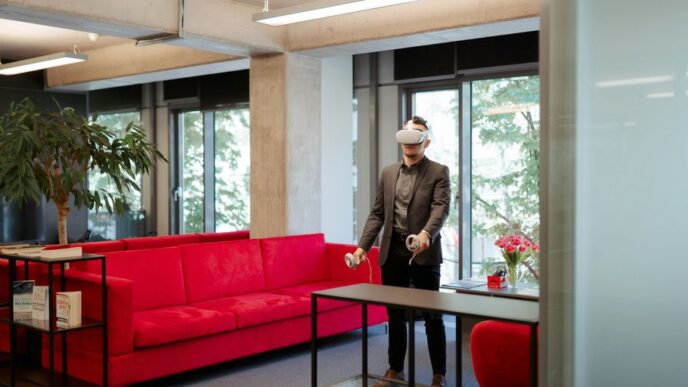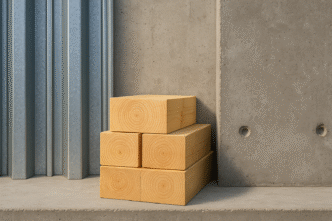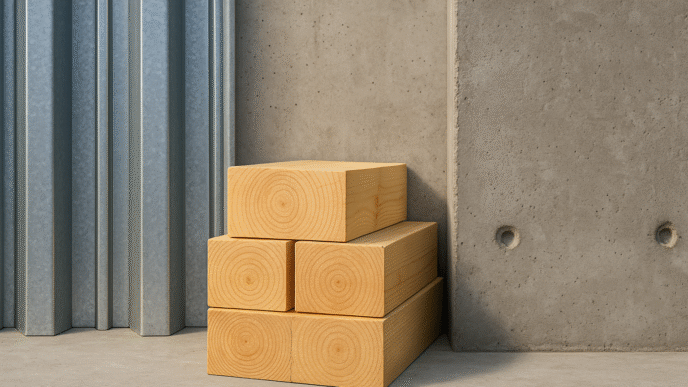In modern construction, durability, efficiency, and cost-effectiveness are key considerations for high-rise and industrial buildings. One material that meets these demands exceptionally well is steeldeck. Steel decking has become the preferred choice due to its structural integrity, ease of installation, and long-term benefits. From supporting heavy loads to improving fire resistance, steel decking is a critical component in contemporary architecture. This article explores why steeldeck is the go-to choice for high-rise and industrial buildings, focusing on its advantages, applications, and future trends.
Strength and Load-Bearing Capabilities
One of the most significant reasons steeldeck is widely used in high-rise and industrial buildings is its strength-to-weight ratio. Despite being lightweight compared to traditional concrete structures, steel decking offers exceptional load-bearing capabilities. This makes it ideal for multi-story buildings where weight reduction is crucial for structural stability and cost savings.
High-rise buildings require materials that can withstand significant vertical and lateral forces. Steeldeck provides the necessary strength to support concrete slabs while evenly distributing the load to prevent structural failures. Its ability to integrate seamlessly with concrete further enhances the building’s overall strength and durability.
Speed and Efficiency of Installation
Time efficiency is a crucial factor in large-scale construction projects. Steeldeck significantly reduces construction timelines due to its prefabricated nature and quick installation process. Unlike traditional materials that require extensive on-site work, steel decking panels can be pre-engineered and assembled with minimal effort.
The speed of installation directly translates into cost savings, as shorter construction timelines reduce labor costs and associated expenses. For high-rise and industrial buildings where project schedules are tight, steeldeck provides a time-efficient and reliable solution.
Fire Resistance and Safety Benefits
Fire safety is a critical consideration for high-rise and industrial structures. Steeldeck offers excellent fire-resistant properties, making it an essential component in buildings that require high safety standards. When combined with concrete, steel decking enhances the fire resistance of floors and ceilings, preventing the rapid spread of flames.
Additionally, steeldeck does not contribute to fire fuel loads, unlike wooden materials. Many steel decking systems are designed to meet stringent fire code regulations, ensuring compliance with industry standards and enhancing occupant safety in case of fire emergencies.
Durability and Longevity
Steel decking is designed to withstand harsh environmental conditions, making it an excellent choice for industrial buildings exposed to extreme temperatures, moisture, and heavy loads. Its corrosion-resistant properties, especially when galvanized or coated, ensure long-term performance with minimal maintenance requirements.
Unlike traditional materials that may deteriorate over time, steeldeck retains its structural integrity, reducing repair and replacement costs. The longevity of steel decking contributes to the sustainability and cost-effectiveness of high-rise and industrial buildings.
Versatility in Design and Applications
Steeldeck offers unparalleled versatility in design, allowing architects and engineers to create innovative building structures. Its adaptability makes it suitable for various applications in high-rise and industrial buildings, including:
- Flooring Systems: Steel decking serves as a formwork for concrete slabs, ensuring a strong and stable foundation for high-rise buildings.
- Roofing Systems: Industrial buildings benefit from steel decking in roofing applications, providing durability and weather resistance.
- Bridges and Infrastructure: Steeldeck is also used in bridge construction, offering strength and flexibility to withstand heavy traffic loads.
- Multi-Level Parking Structures: Steel decking is commonly used in parking garages due to its ability to support vehicular loads and resist wear and tear.
Cost-Effectiveness and Sustainability
Cost efficiency is a major driving factor in construction material selection. Steeldeck is a cost-effective option due to its lightweight properties, ease of transportation, and reduced labor requirements. The prefabrication of steel decking also minimizes material wastage, leading to overall project savings.
From a sustainability perspective, steel is one of the most recyclable materials in the construction industry. The ability to repurpose and recycle steeldeck aligns with green building initiatives, making it an environmentally friendly choice for developers and construction companies looking to reduce their carbon footprint.
Resistance to Seismic and Wind Forces
High-rise and industrial buildings are often exposed to natural forces such as earthquakes and strong winds. Steeldeck enhances a building’s resistance to these forces by providing flexibility and load distribution capabilities. Unlike rigid materials that may crack under seismic pressure, steel decking allows structures to absorb and dissipate energy, reducing the risk of structural damage.
In hurricane-prone regions, steel decking reinforces roofs and floors against high wind speeds, ensuring the stability and safety of buildings. This resilience makes steeldeck an excellent choice for areas with challenging environmental conditions.
Future Trends in Steel Decking
The construction industry continues to evolve, and advancements in steel decking technology are driving innovation. Some emerging trends include:
- Advanced Coatings: New protective coatings enhance corrosion resistance and extend the lifespan of steel decking.
- Integration with Smart Building Technologies: Steel decking is increasingly being incorporated into smart buildings with monitoring systems that assess structural integrity in real-time.
- Lightweight and High-Performance Alloys: New materials with improved strength-to-weight ratios are being developed for enhanced performance in construction projects.
- Prefabricated Modular Construction: Steel decking is playing a key role in modular construction, where pre-built components are assembled on-site for rapid project completion.
Conclusion
For high-rise and industrial buildings, steeldeck remains the preferred choice due to its strength, efficiency, fire resistance, and cost-effectiveness. Its ability to withstand heavy loads, resist environmental factors, and contribute to sustainable building practices makes it indispensable in modern construction.
As the demand for faster, safer, and more durable building solutions grows, steel decking will continue to shape the future of high-rise and industrial architecture. By integrating steeldeck into construction projects, developers and engineers can achieve superior structural performance while optimizing costs and sustainability efforts.


